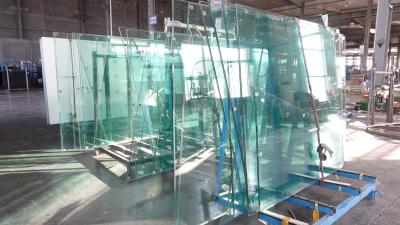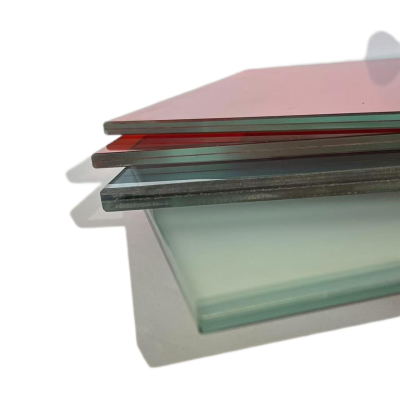The Type Of Laminated Glass
Laminated glass, also known as laminated glass and vacuum glass, is a composite glass product made of two or more pieces of glass with one or more layers of organic polymer interlayer sandwiched between them, and after special high-temperature pre-pressing (or vacuuming) and high-temperature and high-pressure process, the glass and interlayer are permanently bonded as one. Laminated glass commonly used interlayer PVB, SGP, EVA, PU, etc., colored interlayer laminated glass, SGX class printed interlayer laminated glass, XIR class LOW-E interlayer laminated glass, etc. for embedded decorative parts (metal mesh, metal plate, etc.) laminated glass, embedded PET material laminated glass and other decorative and functional laminated glass.
According to the different melting points of the interlayer, it can be divided into: low-temperature laminated glass, high-temperature laminated glass, and insulating glass.
According to the different materials clamped in the middle, it can be divided into: laminated paper, laminated cloth, laminated plants, laminated silk, laminated silk, laminated metal wire and many other types.
According to the different bonding methods between the laminated layers, they can be divided into: mixed laminated glass, dry laminated glass, and hollow laminated glass.
According to the different layer types of laminated, it can be divided into: general laminated glass and bulletproof glass.
Even if the glass is broken, the fragments are stuck to the film, and the surface of the broken glass remains neat and smooth. This effectively prevents the occurrence of debris lacerations and penetrating falls, ensuring personal safety.
The glass breaks safely and may shatter under heavy ball impact, but the whole glass remains as a one-piece interlayer, with broken pieces and small sharp fragments still stuck together with the interlayer. When this type of glass breaks, the fragments are not dispersed and are mostly used in cars and other vehicles.
Tempered glass requires a larger impact to break, and once broken, the whole glass bursts into countless fine particles, and only a small amount of broken glass remains in the frame.
Ordinary glass shatters on impact, a typical shattering condition, producing many long, sharp-edged fragments.
Laminated glass broken, mirror tooth-shaped fragments surrounded by holes, and more glass fragments remain around the point of penetration, the length of the wire fracture.


































































































































































































